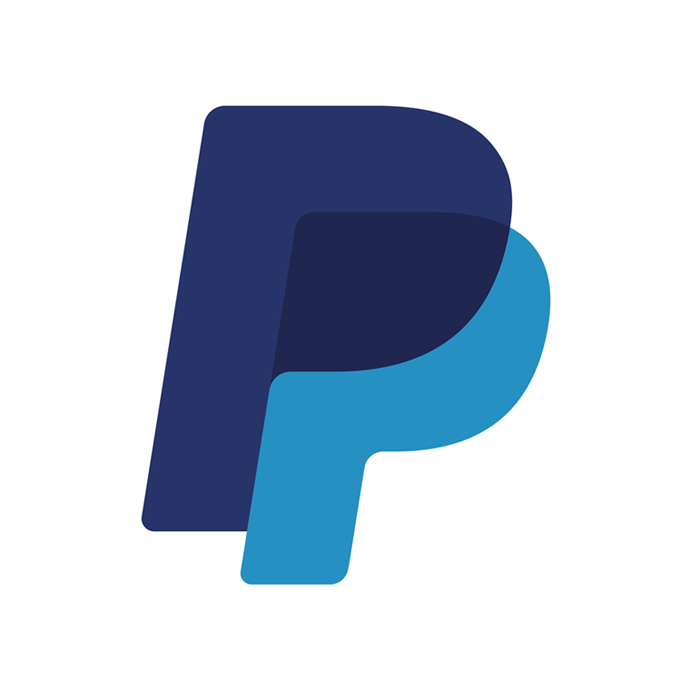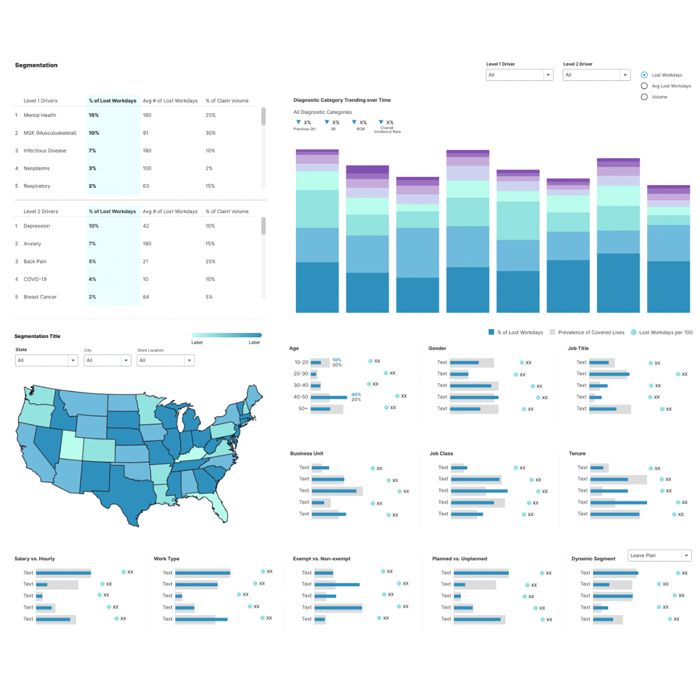Insurance Product Management & Design
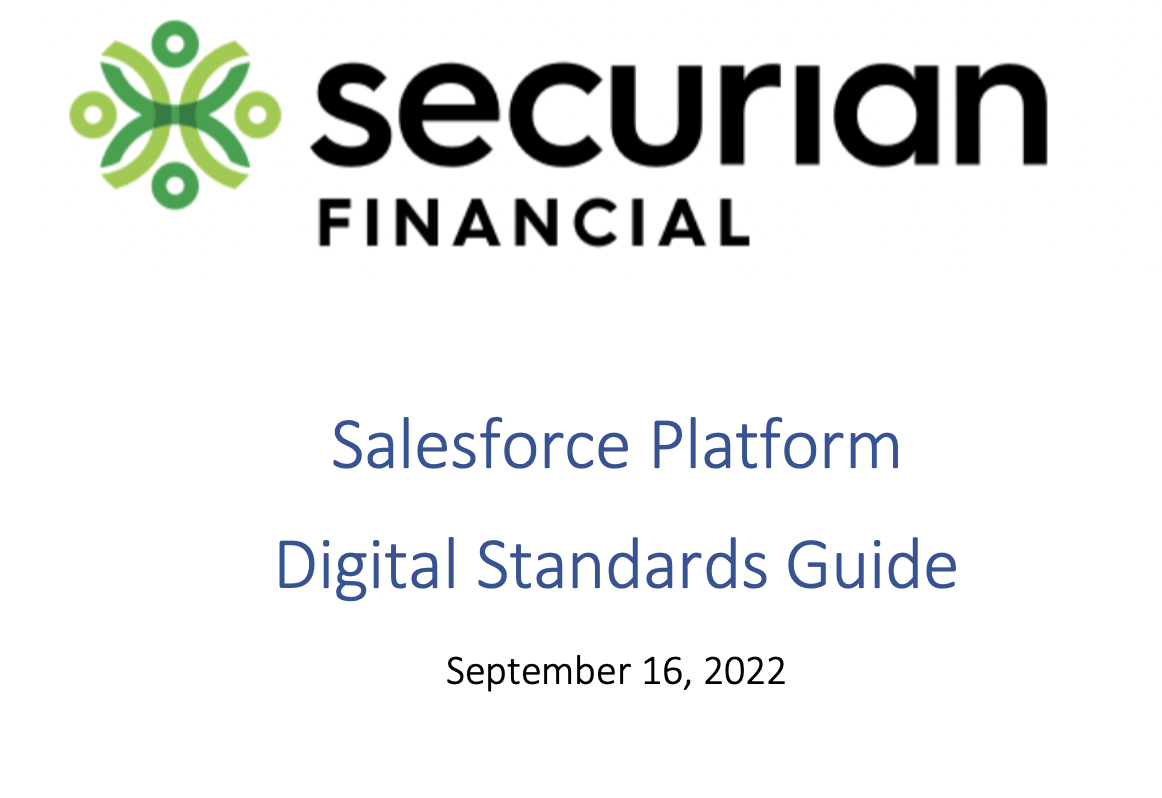
OVERVIEW
The Challenge
The Impact
The clients of our client wanted to better track their employees out on leave and the impact of this on their company's bottom line and productivity.
The designs created achieved a more efficient workflow for both teams handling claim filings and clients were enabled to make data-driven decisions.
My Role
Product Manager and Lead Product Designer
My Tools
Figma, Miro
My Team
One Product Designer, One Project Lead, One Data Analyst
Timeline
4 months
THE PROCESS
Conducted research to understand customer and employee experience, life of a claim, and current state processes.
We embarked on an exploratory journey to map out the life cycle of a claim and to understand the current user experience involved in managing employee leaves. We did this through interviewing the sales executives, the data team, and the strategic directors. I used Miro to start to lay out the life cycle of a claim as well as the key players and how they related to one another. We did not interview end-users due to the client insisting the stakeholders knew enough about the end-user desires. By meticulously reviewing extensive presentations provided by our client, and conducting targeted interviews with key stakeholder groups, we gained a deep insight into their existing processes and distilled the critical product requirements for the future state.
Workshop Facilitation for stakeholder alignement, cross-collaboration with product designers product manager and data engineer, competitive analysis, persona creation, low fidelity wireframing, high fidelity wireframing
The definition phase led to the identification of our primary user persona: the HR Director, followed closely by the Financial Director as our secondary user. Our strategic objective for the MVP was to empower HR Directors with a robust tool that provided clear visibility into the status of employee leaves, thereby enabling proactive management and a reduction in non-medical leave occurrences to enhance overall workplace productivity. Simultaneously, a secondary goal was established to minimize the financial impact on the organization's profitability. These personas can be seen below in the deliverables.
Conducting iterative design workshops helped align with client expectations and feasible delivery MVP deadlines
I facilitated a collaborative and iterative design process, effectively synthesizing stakeholder feedback into actionable design improvements. Leading the workshop sessions, I ensured active participation from all key stakeholders, guiding discussions to focus on user needs and strategic goals. After all of these workshops, we validated our ideas through presentations to the end users of our client's clients, utilizing Powerpoint decks for clarity and impact. While our original aim was to launch the MVP by April, the timeline has been extended to ensure the deliverable meets our high standards of user-centric design and client expectations. A decision made through iteration, causing a little bit of design debt, was distribution of the tabs by leave type because of the distinct differences in STD and FMLA claims, and the need to understand those policies separately, especially regarding pregnancy. This however, seemed it could only come out once the key stakeholders had visualized alternative methods, thus leading to these decisions.
Some key findings that came out of the research included the persona definition and priority, a rough outline of the MVP, and ways of working between us and the client. We decided we would do iterative design workshops collaboratively because the key stakeholders had so much valuable knowledge of their end-user.
Our design decisions improved the user satisfaction and employee productivity significantly
We believe our design decisions improved the user satisfaction and productivity significantly, and the end-user process was much more efficient. One lesson learned was how to avoid shiny object syndrome that occured after requirements were gathered, our product manager presented the financial stakeholder as having a priority feature of data prediction. With the persona deliverable slide, I was able to steer product manager away from such an investment based on our short timelines and expected deliverables.
Delivered Personas, Low-Fidelity wireframes, High-Fidelity Wireframes as seen below
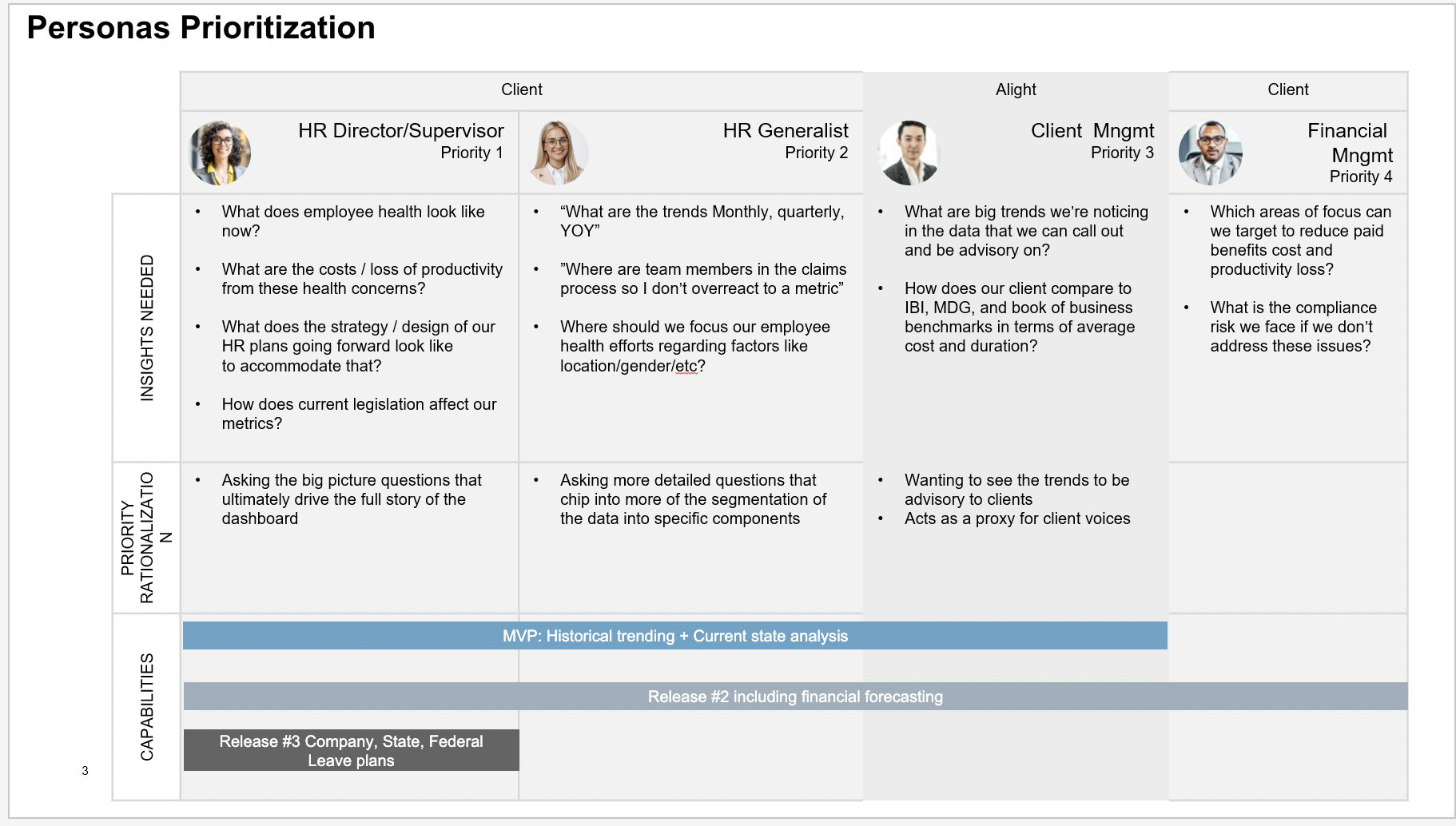
This slide was presented to the client to articulate the priority of design choices based on the prioritization of stakeholders.
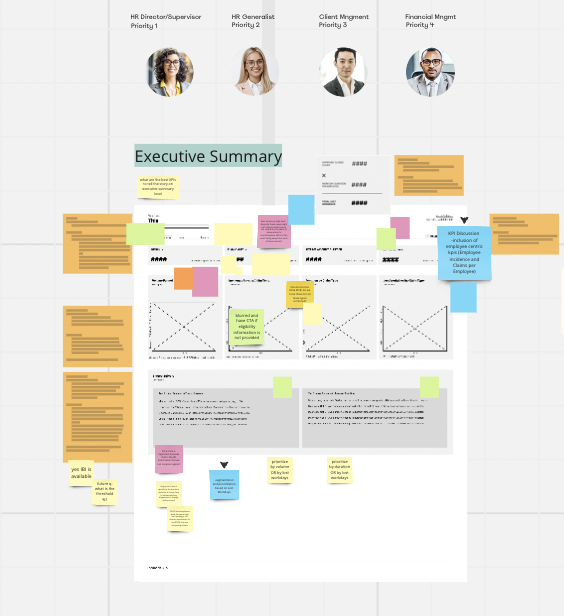
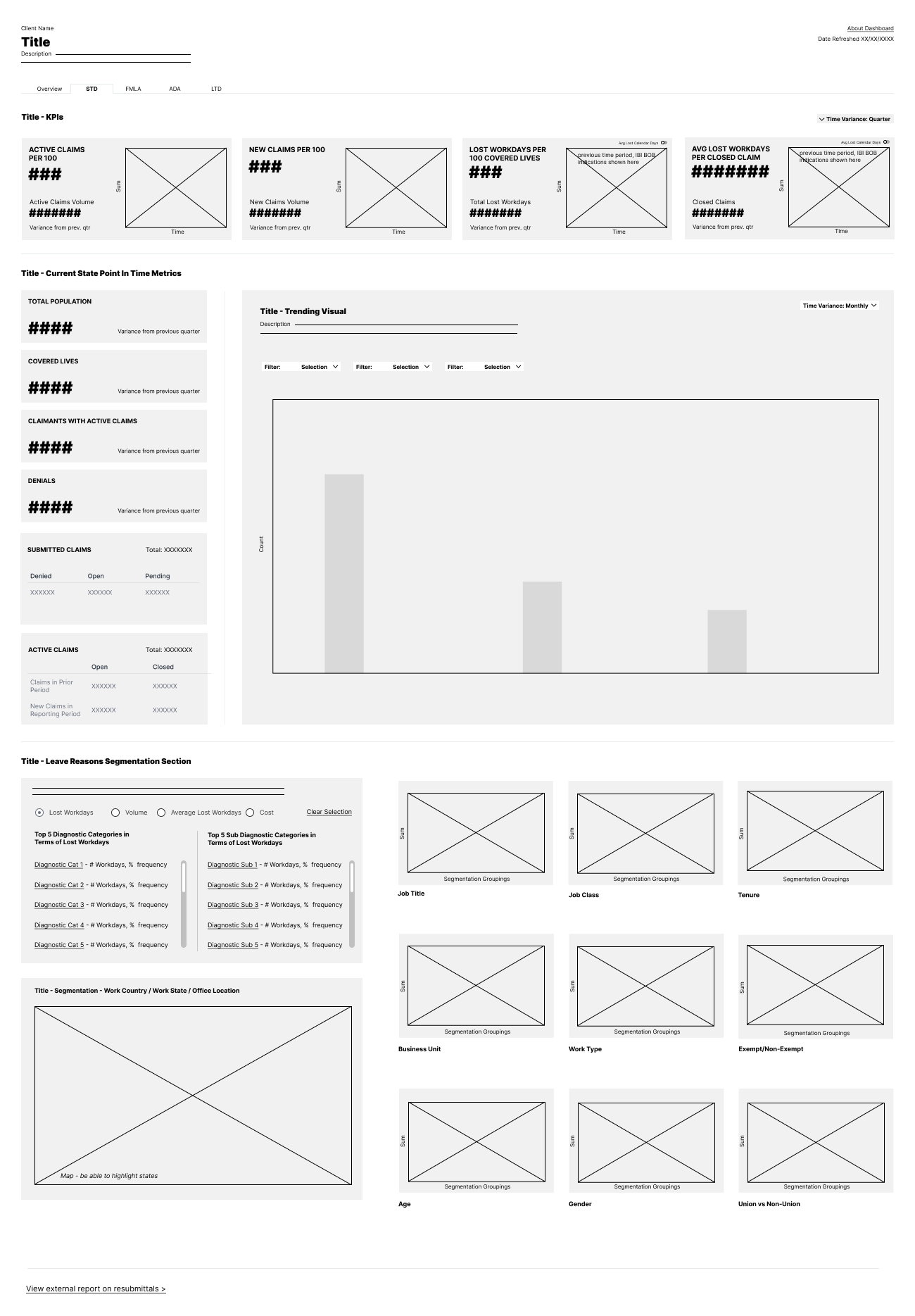
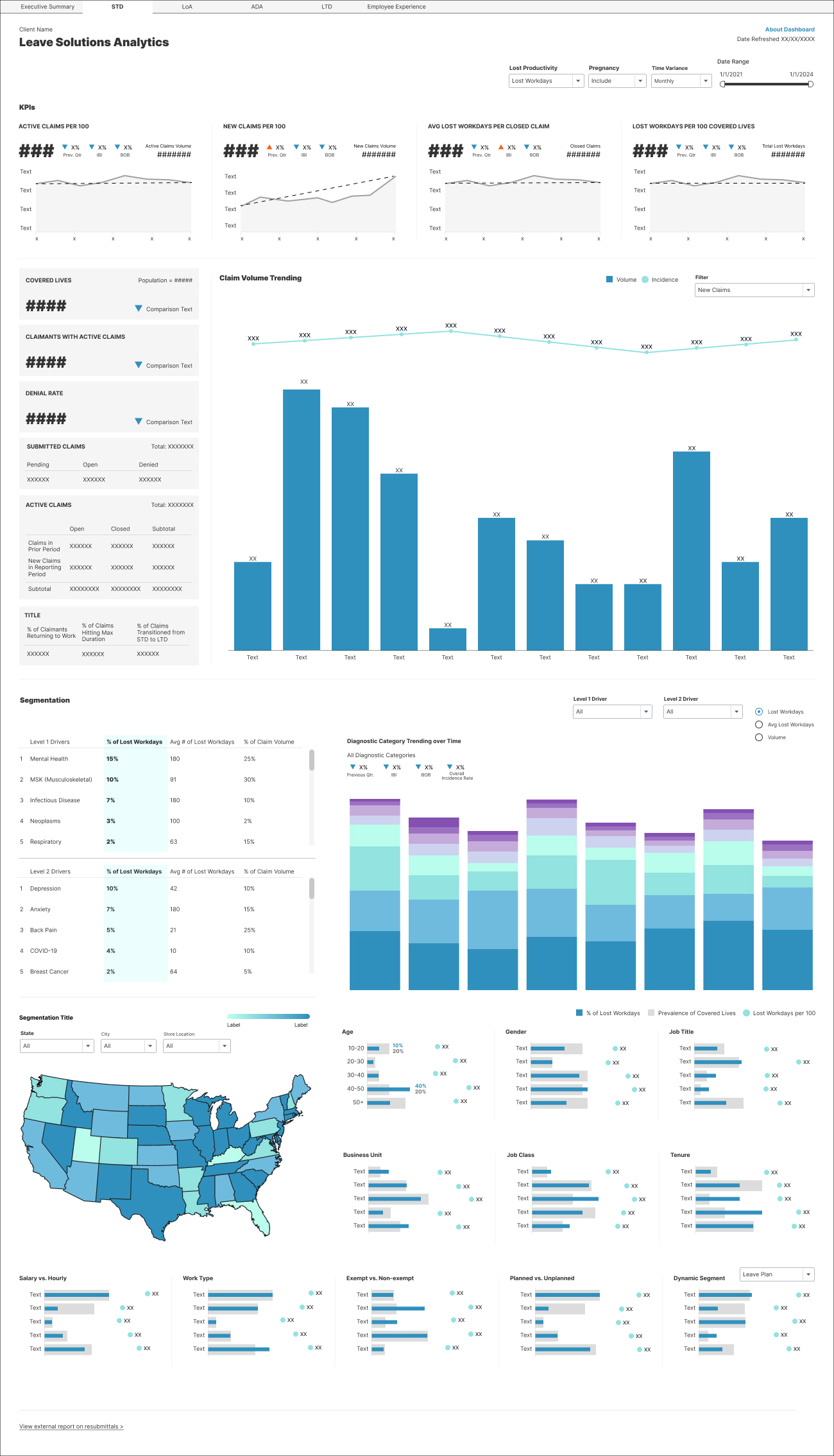
This was the final wireframe handed off to the client.
